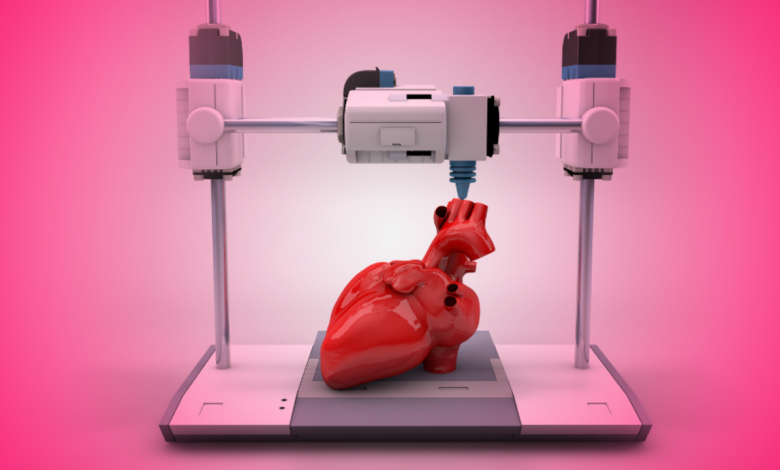Daily Current Affairs for UPSC
3D Printing Post Office
Syllabus- Science and Technology [GS Paper-3]

Context- India’s first 3D printed post office opened in Cambridge Layout, Bengaluru.
Key Highlights
- 3D printing is a process that uses a computer-generated design to make three-dimensional objects layer by layer.
- It is an additive process of forming layers of materials such as plastics, composites or biomaterials to build objects of different shapes, sizes, stiffnesses and colors.
- 3D printing was invented by Charles W. Hull in the 1980s.
How is 3D printing done?
- 3D printing requires a computer connected to a 3D printer.
- A 3D model of the required object must be drawn using computer-aided design (CAD) software and press “print”.
- A 3D printer makes the desired object.
- 3D printers build the desired object layer by layer, unlike subtractive manufacturing processes.
- It is built from the bottom up, stacking layer upon layer until the object looks exactly as it was envisioned.
- A 3D printer generally works the same way as a traditional inkjet printer in a direct 3D printing process, where the nozzle moves back and forth as it dispenses the wax or plastic-like polymer layer by layer, waits for the layer to dry, and then adds the next layer .
Examples of 3D printing
- 3D printing is used in many different fields such as healthcare, automotive and aerospace.
- Aerospace company Relativity Space has launched a test rocket made entirely of 3D-printed parts that is 100 feet long and 7.5 feet wide.
- At the height of the Covid-19 pandemic in 2020, the healthcare industry used 3D printers to produce much-needed medical equipment such as tampons, face shields and masks, as well as parts needed to repair ventilators.
Advantages of 3D printing
- 3D printers are affordable: 3D printing can streamline the manufacturing process of complex parts by simplifying programming, making it an affordable option in some industries.
- Also, since 3D printing does not require a mold, it saves costs.
- 3D printers are fast: 3D printing is ideal for rapid prototyping of products because it can be done at home in small batches.
- With CAD, changes can easily be made to products, while manufacturing costs remain the same.
- 3D printers can work with special materials: Certain materials, such as water-absorbing plastic, nitinol, gold and carbon fiber, can be used to create special parts and products.
- Such special materials enable properties such as high heat resistance, water resistance and strength.
- Eco Friendly: As this technique reduces the wastage of material used, this process is eco friendly in nature.
Disadvantages of 3D printing
- 3D printers may not provide enough power: building an object layer by layer can affect the durability and strength of the object.
- 3D printers can have accuracy issues: Although CAD is often an easy-to-use and accurate design method, mistakes can happen.
- The accuracy of 3D printing depends on the techniques and the use of printers.





.png)



